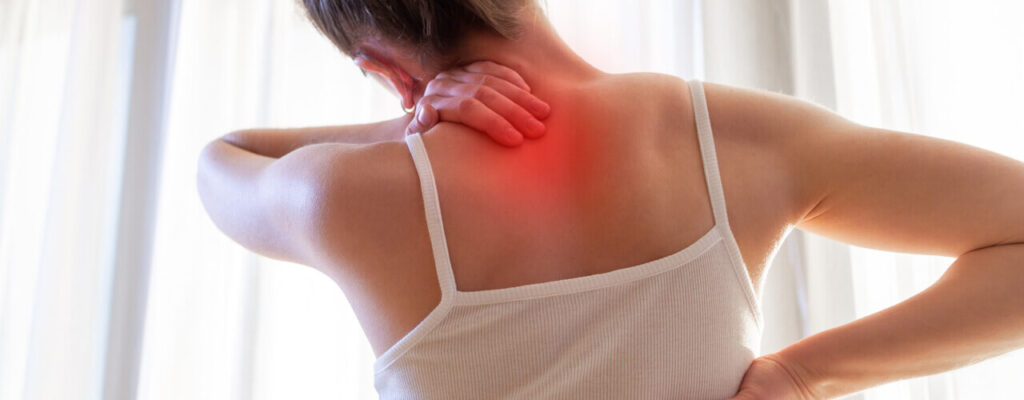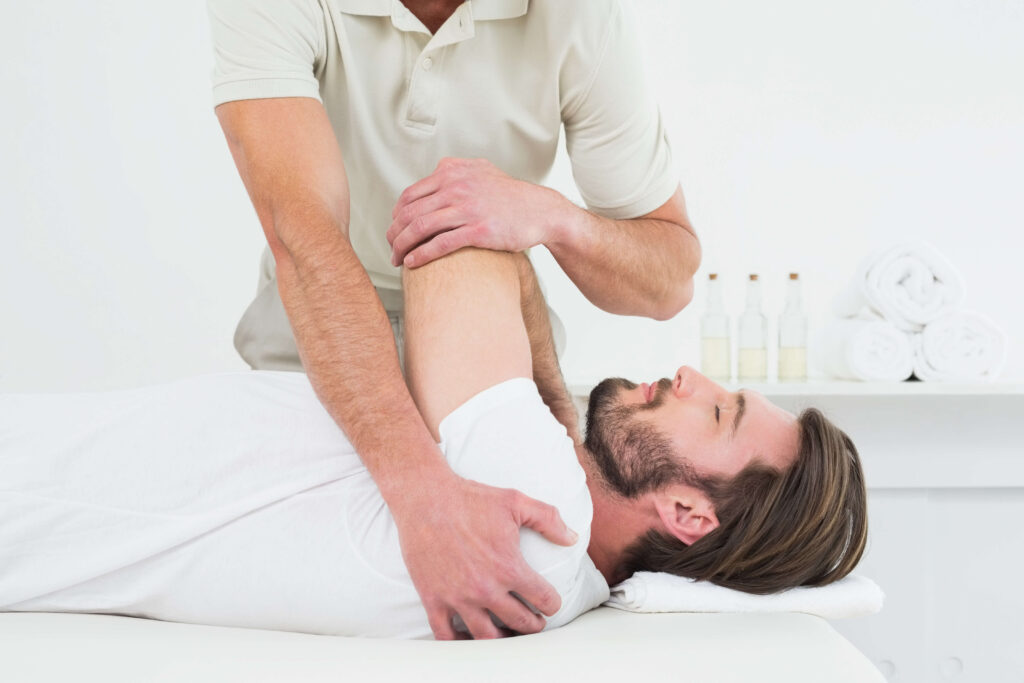Health blog
Causes of Shoulder Discomfort

Shoulder injuries are one of the most common injuries. Injury or overuse are the most common causes of shoulder discomfort. Some of the most common ailments related to the shoulder include tight/overworked muscles, tendonitis, impingement, and joint stiffness. These not only may cause pain, it may also cause weakness, and limit your ability to drive, prepare your evening dinners, reach into your overhead cabinets and other everyday activities.
Common Causes of Shoulder Injury
- Traumatic injury/dislocation
- Weak muscles
- Repetitive movement
- Poor shoulder mechanics
- Post Surgery
Shoulder pain and discomfort can present itself in many different ways.
Read full blogElbow, Achilles, and Rotator Cuff Tendonitis

Tendonitis can be summarized as inflammation or irritation of the tendon. A tendon is a thick cord like structure that connects muscle to bone. All throughout our body, we have muscles that are attached to bones by tendons, which is why so many people suffer from tendonitis somewhere in their body. Some of the most common types of Tendonitis are; Elbow, Achilles, and Rotator Cuff Tendonitis.
Tendonitis is a result of small micro-tears in the soft tissue.
Read full blogHow To Relieve Sciatica in 5 Natural Ways

Have you ever experienced aching pain in the back or buttock area that radiates down your leg? You may have sciatica. Let’s talk about how to relieve sciatica.
This condition affects 1 out of 10 people, typically between the ages of 25-45. The clinicians at Loudoun Sports Therapy Center have helped many patients dealing with sciatica. So what is sciatica and what causes this condition?
Symptoms
Sciatica is typically felt as a dull, aching pain in the lower back and buttock area.
Read full blogPhysical Therapy Before Surgery

Facing the prospect of joint replacement surgery can be daunting. Attending physical therapy before surgery (pre-operative physical therapy) is the key to a smoother recovery.
You might be asking, “Don’t I do therapy after surgery?” Actually, pre-operative therapy plays a crucial role too.
Why is Physical Therapy Before Surgery Important?
Pre-operative physical therapy prepares you physically and mentally for surgery.
During these sessions you will:
- Learn what to expect and what will happen in therapy after surgery.
Tips to Relieving Neck Pain

Do you find yourself with a nagging neck or headache, especially after a long day or stressful event? The American Academy of Pain Medicine reports that neck pain and severe headaches or migraines make up about 30% of all commonly reported pain conditions. There are many reasons for neck pain, but the majority of episodes are caused by the following:
- Poor posture
- Weak shoulder and neck muscles
- Stress
- Injury
- Arthritis
While many of us will take over the counter medication, such as Advil, to numb the pain, the main source of the problem is still present.
Read full blogPhysical Therapy for Back Pain

Is your back pain interfering with your life?
Is back pain interfering with your life? If you answered yes, have you considered physical therapy for back pain treatment?
Nearly 4 out of 5 people experience back pain at some point in their lifetime and many have repeat incidents of back pain. With proper care and education, you can learn to prevent bouts of back pain from occurring.
Read full blogOvercome Knee and Hip Pain

The knee joint is the second most complicated joint in the body and has to move in many directions. The knee and hip work in tandem allowing you to walk, run, squat and kneel. When either your hip, knee or ankle have problems moving, the other joints can be strained causing pain.
Knee and hip pain often stem from either too little activity or too much activity. Either way, the tissues and muscles around the joints become tight, causing limited movement, strain and inflammation.
Read full blogManaging Arthritis with Physical Therapy

When it comes to managing Arthritis aches and pains, you may have more options than you realize. There is a lot you can do to reduce your aches and pains from arthritis while gaining more mobility and function.
Managing Arthritis pain and inflammation is what we help our patients day in and day out with. Patients often experience pain from arthritis because of stiff joints, muscles and other tissues. In addition, muscles become weak, therefore not supporting the arthritic joints.
Read full blogDo I Need a Referral to See a Physical Therapist in Virginia?

Physical therapy is a fantastic, non-invasive way to address various health issues, from chronic pain to sports injuries. We know, the process of getting a referral from your primary physician can be a hassle. Did you know, in Virginia, you don’t need a referral to see a physical therapist! This is because Virginia is a Direct Access State, meaning you can come directly to us!
Immediate Access to Physical Therapy Care
One of the biggest benefits of not needing a referral to see a physical therapist in Virginia is immediate access to care.
Read full blogHow Advanced Physical Therapy Improves Sports Performance

When you think of sports, it’s easy to imagine the thrill of the game, the rush of adrenaline, and the joy of victory. But as any athlete knows, with sports also comes the risk of injury. Whether you’re a weekend warrior or a professional athlete, injuries can happen. That’s where Loudoun Sports Therapy Center and our advanced physical therapy treatments come into play. We are proud to provide specialized treatments and sports performance programs to get you back to the sports you love.
Read full blog

